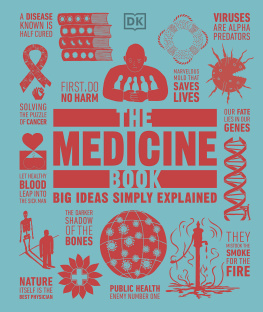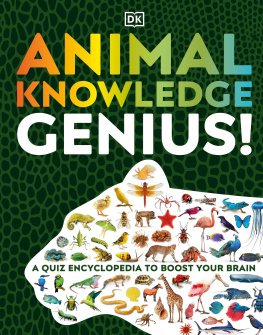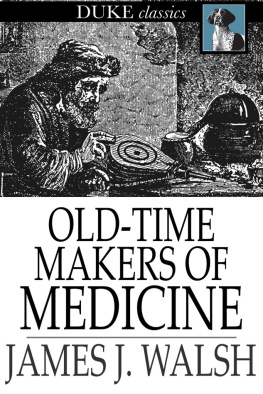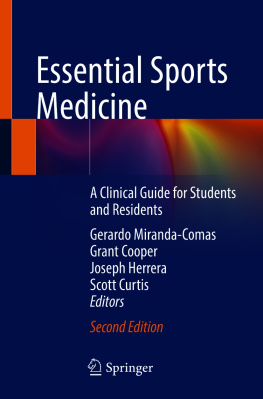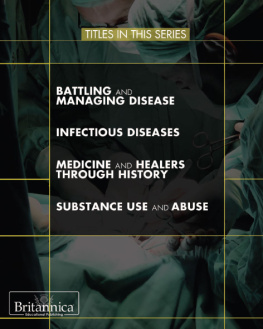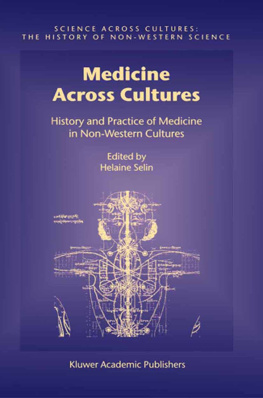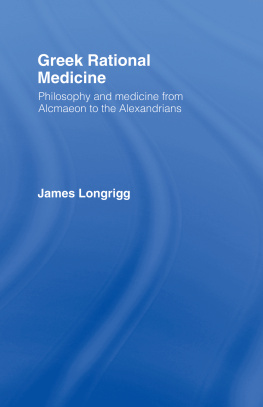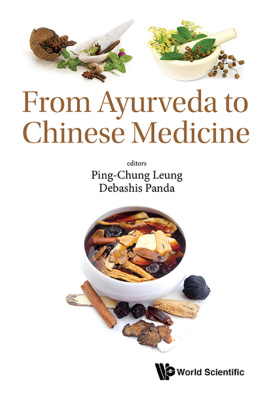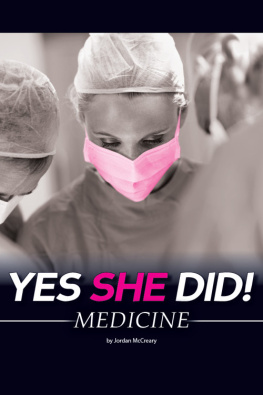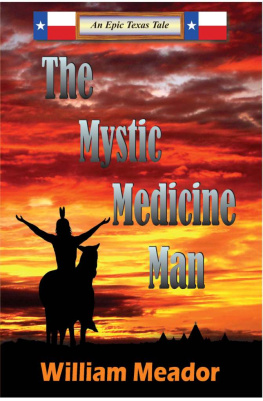DK - The Medicine Book
Here you can read online DK - The Medicine Book full text of the book (entire story) in english for free. Download pdf and epub, get meaning, cover and reviews about this ebook. year: 2020, publisher: DK Publishing, genre: Religion. Description of the work, (preface) as well as reviews are available. Best literature library LitArk.com created for fans of good reading and offers a wide selection of genres:
Romance novel
Science fiction
Adventure
Detective
Science
History
Home and family
Prose
Art
Politics
Computer
Non-fiction
Religion
Business
Children
Humor
Choose a favorite category and find really read worthwhile books. Enjoy immersion in the world of imagination, feel the emotions of the characters or learn something new for yourself, make an fascinating discovery.
The Medicine Book: summary, description and annotation
We offer to read an annotation, description, summary or preface (depends on what the author of the book "The Medicine Book" wrote himself). If you haven't found the necessary information about the book — write in the comments, we will try to find it.
DK: author's other books
Who wrote The Medicine Book? Find out the surname, the name of the author of the book and a list of all author's works by series.
The Medicine Book — read online for free the complete book (whole text) full work
Below is the text of the book, divided by pages. System saving the place of the last page read, allows you to conveniently read the book "The Medicine Book" online for free, without having to search again every time where you left off. Put a bookmark, and you can go to the page where you finished reading at any time.
Font size:
Interval:
Bookmark:

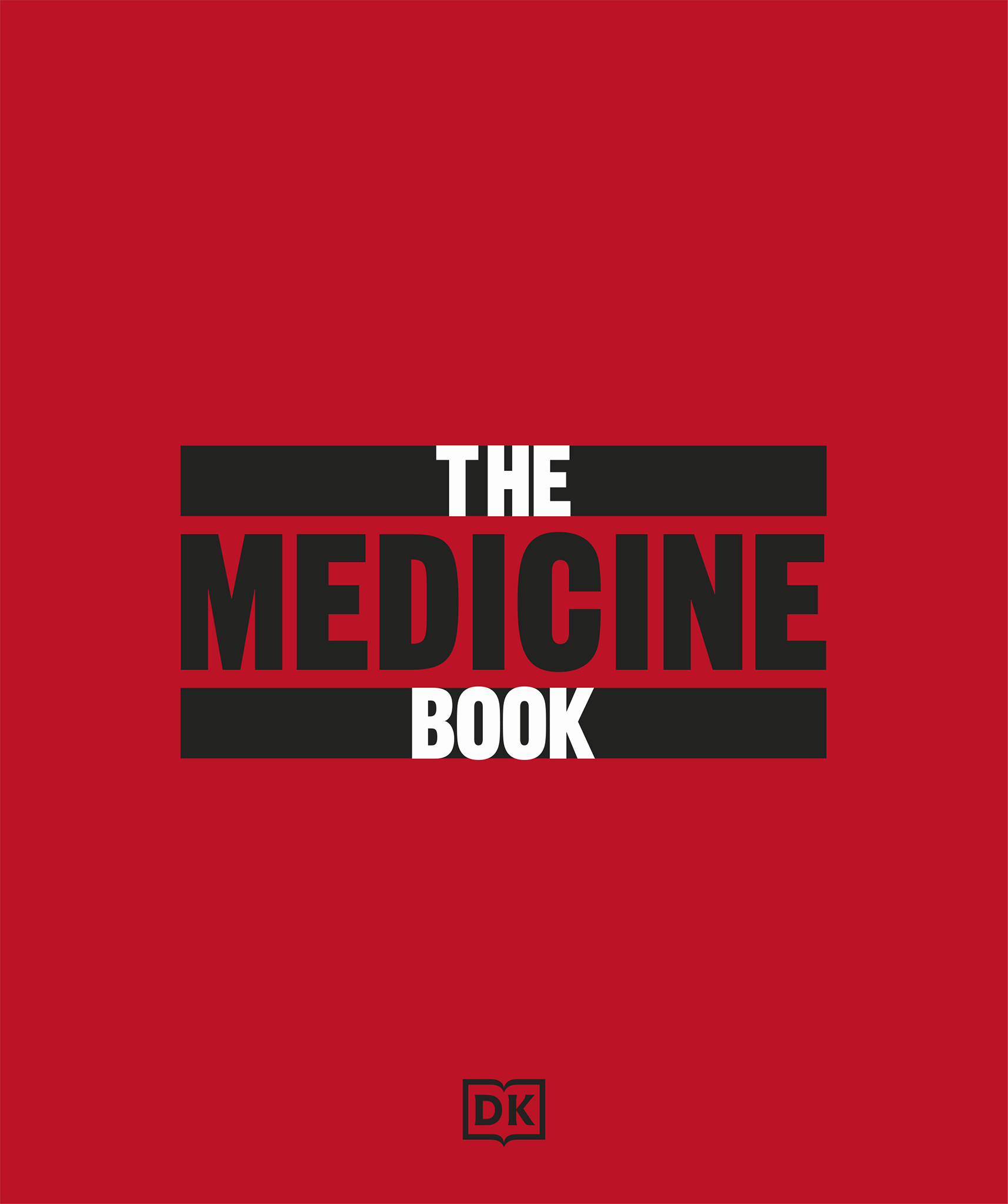
Preferred application settings
For the best reading experience, the following application settings are recommended:
- Color theme: White background
- Font size: At the smallest point size
- Orientation: Landscape(for screen sizes over 9/23cm), Portrait(for screen sizes below 9/23cm)
- Scrolling view: [OFF]
- Text alignment: Auto-justification [OFF](if the eBook reader has this feature)
- Auto-hyphenation: [OFF](if the eBook reader has this feature)
- Font style: Publisher default setting [ON](if the eBook reader has this feature)
- Images: Double tapon the images to see them in full screen and be able to zoom in on them
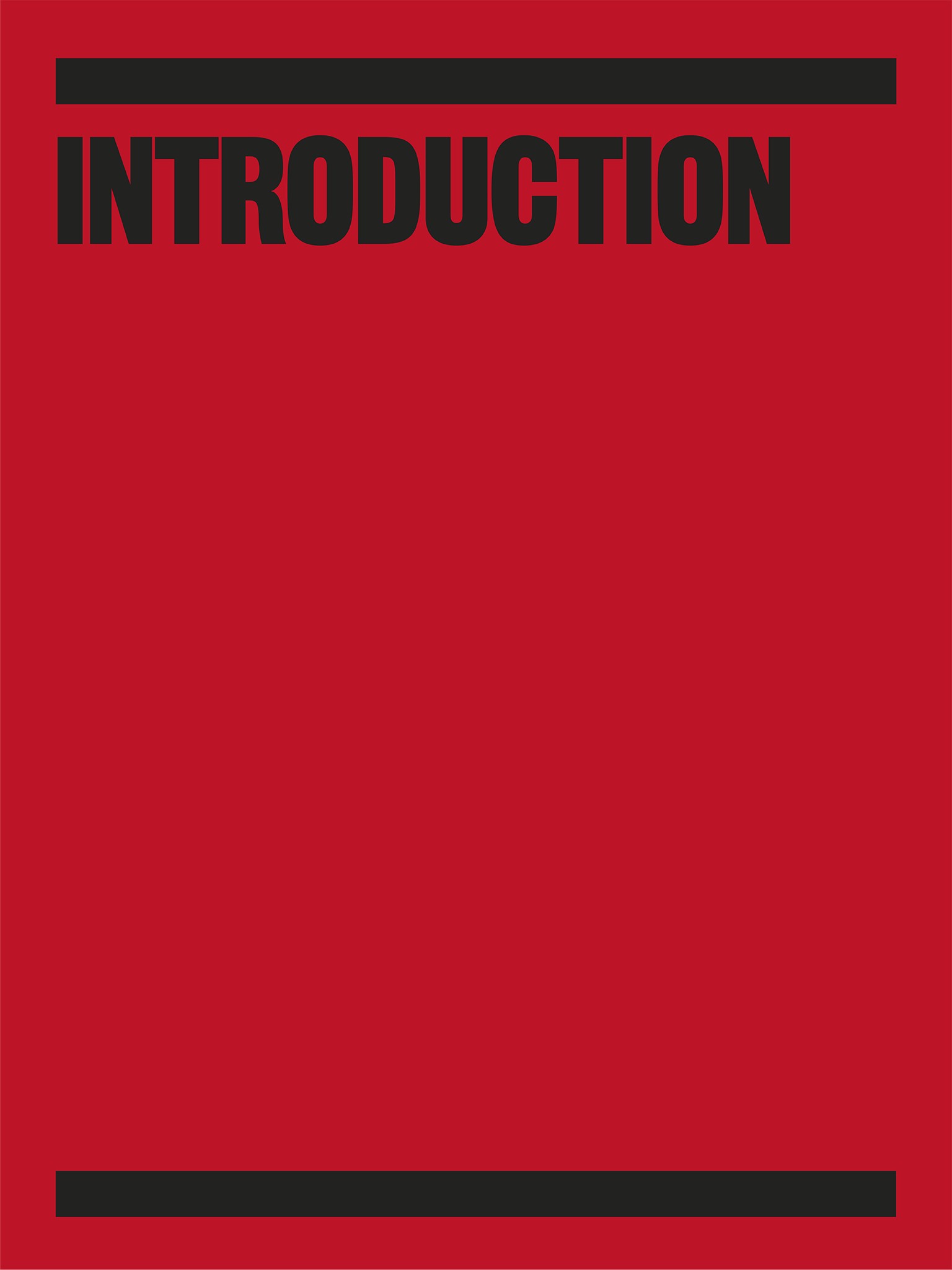

Illness and disease have always been with us, and the need to find ways to prevent and treat them can often be literally a matter of life and death. Over time, many new techniques have been tried, and a number of key discoveries, such as vaccines and antibiotics, have made a lasting impact, saved countless lives, or restored many people to health.
In prehistoric times, people relied on traditional knowledge, healers, and even magic when they fell ill. More systematic approaches gradually evolved, with Ayurvedic healing emerging in ancient India around 3,000 BCE. It still has many adherents, as does the ancient Chinese system of medicine, which includes acupuncture. While these medical practices have endured, the ideas that led to todays science-based medicine developed in ancient Greece.
In the late 5th century BCE, the Greek physician Hippocrates insisted that illness has natural causes, so it might also have natural cures. This has been the guiding principle of medicine ever since. Hippocrates also founded a school of medicine where students undertook to act with a duty of care to patients. This ideal, enshrined in the Hippocratic Oath, continues to inform medical ethics and practice.
The Greeks had few cures and, because dissecting bodies was taboo, knew little anatomy, but the Romans military campaigns helped physicians develop new surgical skills. The celebrated Roman physician Claudius Galen greatly advanced anatomical knowledge by learning from animal dissections and from gladiators wounds.
Galens medical approach was detailed and thorough, and he wrote the first great manuals of medicine. However, his theories were based on the mistaken idea, originating in ancient Greece, that illnesses are caused by an imbalance between four body fluids called humorsblood, yellow bile, phlegm, and black bile. This idea persisted in Europe even into the 19th century.
Cure sometimes, treat often, comfort always.
Hippocrates
(c. 460c. 375 BCE )
When the Roman Empire fell, the teachings of Galen were kept alive in the Islamic world by a succession of scholarphysicians who developed new surgical skills and introduced many innovative medicines. Al-Razi pioneered chemical drug treatments and Ibn Sina wrote the definitive work The Canon of Medicine.
In the later medieval period, medical ideas from Islam and Galen filtered back into Europe. Dedicated medical schools, based on Galenic and Islamic practices, were set up alongside universities in cities such as Salerno and Padua. Medicine was recognized for the first time as a legitimate subject of academic study, and the Renaissance that followed ushered in a new age of discovery based on inquiry and first-hand observations.
In the mid-16th century, the detailed dissections conducted by Flemish physician Andreas Vesalius began to build an accurate picture of human anatomy. Physicians also started to learn about physiologythe science of how the body works. A major breakthrough was the demonstration by English physician William Harvey in 1628 that the heart is a pump that circulates blood around the body.
Progress in treating disease was slow. In the 16th century, the Swiss physician and alchemist Paracelsus pioneered the idea of the body as a chemical system that could be treated with chemical cures. While his use of mercury for syphilis was a standard treatment for nearly 400 years, it took until the 20th century for his chemical approach to be applied in modern drug therapies.
The fight against disease received a major boost in 1796, when British physician Edward Jenner developed a vaccination for smallpox. In 1881, French chemist Louis Pasteur showed that vaccination could work for other diseases, too, and the search for vaccines is now a major area of medical research.
Pasteur, with German physician Robert Koch, also led the way to an understanding of what disease is. They ended belief in the humors by proving germ theorythe idea that infectious diseases are caused by microscopic organisms such as bacteria. Their discovery generated a new field of research, as scientists hunted for the germ responsible for each disease. Kochs isolation of the bacteria that causes tuberculosis inspired Russian scientist lie Metchnikoff to identify cells in the body that fight against germs. The gradual revelation of the bodys intricate immune system over the last century has been one of medicines most remarkable stories.
In the early 20th century, new approaches in microbiology and chemistry transformed ideas about how to treat disease. Identifying tiny immune particles in the body called antibodies, German scientist Paul Ehrlich developed the idea of targeted drugs, which hit germs but leave the body unharmed. His success in developing Salvarsan, the first effective drug for syphilis, in 1910 marked the beginning of a global pharmaceutical industry.
Scottish bacteriologist Alexander Flemings discovery of penicillin in 1928 marked a new era of medicine. For the first time, physicians had an effective treatment for a range of previously life-threatening diseases. Antibiotics also facilitated one of the miracles of modern surgery, organ transplants, which had often failed as a result of infection.
Since the 1950s, advances such as the deciphering of genetic code have shed new light on how diseases develop and fueled new methods to fight them. The field of biomedical engineering has also produced solutions in all areas of health care, from noninvasive imaging to robotic surgery and implantable medical devices such as pacemakers and replacement joints.
Whether a flash of individual insight or the result of several years of research and testing by large teams of people, new ideas in medicine have saved millions from suffering and death. Yet the innovations of medical science are also tempered by more caution and regulation than many other disciplinesafter all, human lives are at stake.
Font size:
Interval:
Bookmark:
Similar books «The Medicine Book»
Look at similar books to The Medicine Book. We have selected literature similar in name and meaning in the hope of providing readers with more options to find new, interesting, not yet read works.
Discussion, reviews of the book The Medicine Book and just readers' own opinions. Leave your comments, write what you think about the work, its meaning or the main characters. Specify what exactly you liked and what you didn't like, and why you think so.

